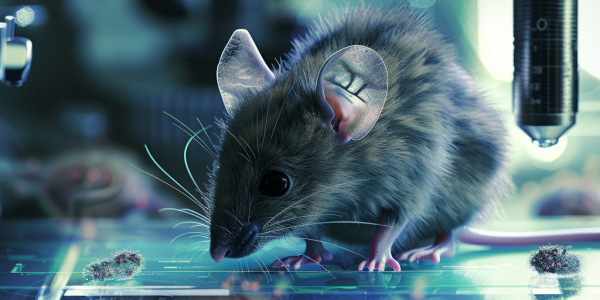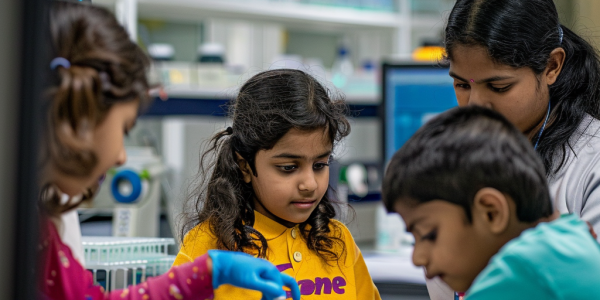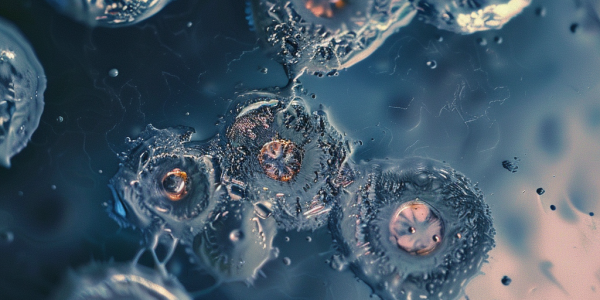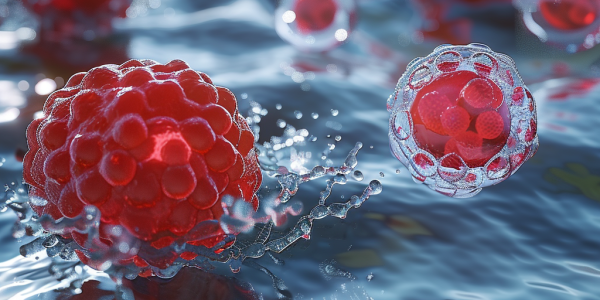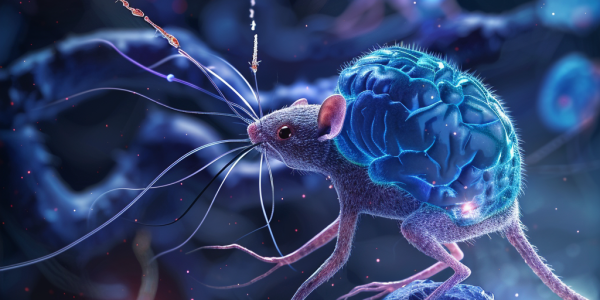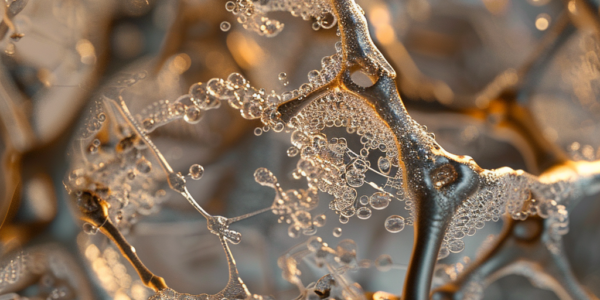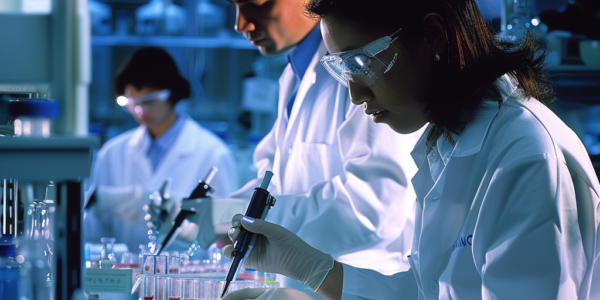Scientists Create Chimeric Mice to Unravel Evolutionary Origins of Pluripotency
Scientists in Hong Kong have created chimeric mice by integrating ancient choanoflagellate genes, revealing insights into animal evolution and pluripotency. This groundbreaking research highlights the genetic continuity between single-celled organisms and complex life forms, potentially transforming our understanding of stem cell development and its applications in regenerative medicine.
Local Woman Advocates for Stem Cell Donors Amid Community News Highlights
A Harrisonburg woman is advocating for stem cell donors to combat blood cancers like leukemia, highlighting the urgent need for awareness and community involvement. Meanwhile, local events, data privacy concerns, and winter safety tips reflect the vibrant and interconnected life in the area.
Groundbreaking Research Project Investigates Stem Cell Mutations in Rare Blood Disorder
SKAN Research Trust, Wellcome Sanger Institute, and University of Newcastle collaborate on a groundbreaking research project to investigate early stem cell mutations in Langerhans Cell Histiocytosis (LCH). Led by Dr. Jyoti Nangalia, the study aims to analyze genetic mutations, understand disease progression, and identify early intervention strategies for effective management. This research endeavors to shed light on the complexities of LCH and potentially pave the way for personalized treatment approaches.
New Stem Cell Model Unveils Genetic Pathway of Childhood Cancer Neuroblastoma
Researchers from the University of Sheffield have made a groundbreaking discovery in the genetic pathway of neuroblastoma, a childhood cancer, leading to new possibilities for personalized treatments. By developing a stem cell model to investigate the origins of neuroblastoma, they have identified specific mutations that contribute to the development of aggressive tumors. This innovative approach offers hope for more effective and tailored treatment strategies in the future.
Discovery of Troublemaker Platelets in Aging Population Offers New Hope for Treatment
A new study by UC Santa Cruz researchers has identified a secondary population of platelets that become hyperreactive with age, leading to increased risk of blood clotting diseases. This discovery could pave the way for more targeted medication to address these issues. Platelet dysregulation, common in older individuals, can lead to serious health problems such as strokes and cardiovascular disease.
Study Shows Potential of Cross-Species Hybrid Brain Transfers in Restoring Sensory Function
A groundbreaking study led by researchers at Columbia University’s Irving Medical Center has demonstrated the remarkable potential of cross-species hybrid brain transfers in restoring sensory function. By incorporating rat stem cells into a developing mouse embryo, scientists were able to create a ‘hybrid brain’ capable of rescuing the mouse’s sense of smell when impaired. This innovative approach holds significant promise for regenerative medicine, particularly in the realm of restoring neural function in damaged or degenerating brains. Professor Kristin Baldwin highlighted the importance of this research in expanding our understanding of neural circuitry flexibility and the potential applications of such hybrid brains in diverse scenarios, including human-machine interfaces and stem cell transplants.
Breakthrough in Understanding Embryonic Development
Scientists at the MRC Laboratory of Molecular Biology have made a significant breakthrough in understanding the biological processes of embryonic development. A new 3D embryonic stem cell culture system has shed light on the mechanism of gastrulation in mouse embryos, providing valuable insights into the spatial awareness and response mechanisms of embryonic stem cells.
Groundbreaking Discovery in Parkinson’s Disease Treatment
Groundbreaking discovery in Parkinson’s disease treatment offers hope to patients. Stem cell repair therapy shows potential to revolutionize treatment and improve quality of life for those with Parkinson’s disease.
JAX Researchers Develop Platform to Study Genetic Diversity in Mutation Outcomes
JAX researchers at The Jackson Laboratory have developed a powerful platform using stem cells from eight different mouse strains to mimic genetic diversity, providing new opportunities for uncovering targets for therapeutic interventions. The platform allows for investigating the effects of background genetics on the DYRK1A gene, associated with autism, microcephaly, and intellectual disability in humans. This work has significant implications for understanding the role of genetic diversity in human health conditions and for identifying potential targets for therapeutic intervention.
Groundbreaking Study Shows Promise of Stem Cell Therapy for Spinal Cord Injuries
Groundbreaking study by Mayo Clinic reveals promising results in using stem cell therapy to improve sensation and movement in patients with traumatic spinal cord injuries. Phase I clinical trial shows safety and potential benefits of using stem cells derived from patients’ own fat. Dr. Mohamad Bydon emphasizes the significance of the findings and the potential for stem cells to offer a new approach to improving patient outcomes. Positive safety profile and potential for further research make stem cell therapy a viable treatment option for spinal cord injuries.

